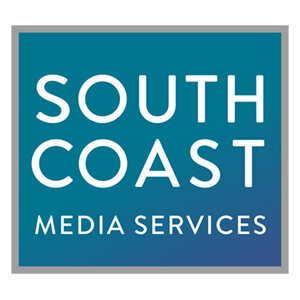WHEN WORKING WITH THE EDITOR
By Kevin Vinther
"CUT! Great work, everybody. That's a wrap!"
So, the shoot days are done, and you've got a ton of great footage: interviews, B-roll, product shots--everything you need for your video.
Now, it's time to go into the edit.
But, how can you be the most efficient, and maximize your impact (and dollars!) in the edit suite?
Two of the best tools in your edit session toolbox are organization and communication.
The first step of organization will often be obtaining a time-coded window dub from your editor--a copy of your footage that has a unique time-coded identifier window visible on every frame, making it easy to determine the in and out points of selected takes and scenes.
If you're working on a scripted program, a lot of your organization will be determined by the script. You'll want to go through the footage, determining best takes of scenes and interview bites, and perhaps even making a "paper cut" of the program based on the time code in the window dub.
On the other hand, your video may be more interview-based and free form, in which case you'll need to dig into the interviews and find not only the best takes but those "golden" quotes that really emphasize your message. In addition to the window dub, you may want a time-coded transcript of the interviews, a useful tool to comb through the reels and help craft your program.
All the time you spend before the edit organizing your footage will be dollars you don't have to spend in the edit suite searching for the right shot!
But wait--maybe you're a big-picture kind of person, and don't have the time (or inclination!) to go through hours of footage looking for that one special moment.
That's OK, too! That's where the communication comes in. Talk to your editor: about who the audience for your program is, what your goals are, what message you're trying to communicate. Your editor has years (or decades!) of experience in taking the raw materials of scripts, video footage, graphical elements, and music, and turning them into polished pieces that illuminate influence, affect, and sometimes even amusing. They'll work with you to provide you the level of support you need, whether it's just taking the technical steps necessary to actualize your vision on the one hand, to taking a drive full of raw content and crafting it into a coherent whole on the other.
Your editor will also want to talk about the look and feel of your program. Hopefully, this has been discussed even before the shoot, but the edit is where the ideas and concepts are made concrete! A lot of the style will be determined by the purpose and audience for your video. Is it an "all-hands" message to employees with mandatory attendance, or a product video for your website, where you want to grab the attention of a viewer who can click away at any time? All these considerations will have an impact on the video: the pace of the shots, what kind of music to use, the style and kind of graphics, and scores of other small decisions that combine to determine how your video looks and sounds.
What it all comes down to is the better prepared you are, the smoother the edit will go. Keep the lines of communication open to your editor, and let them know your expectations and concerns. It could be that something in the edit you're stressing about is no big deal--or conversely, that something you're not worried about needs to be addressed before it becomes an issue!



